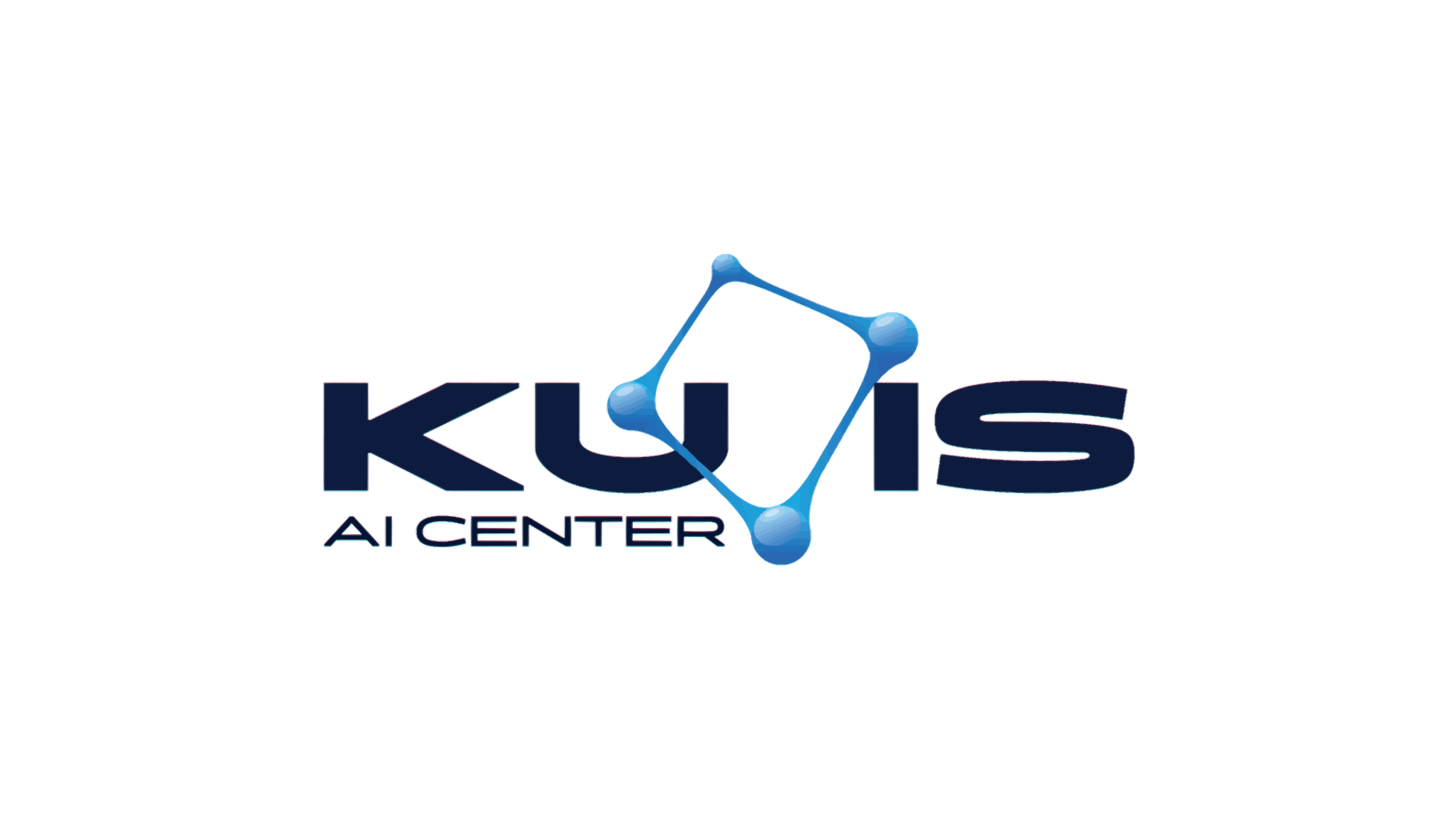BibTeX
@article{CLIPInverter,
author = {Baykal, Ahmet Canberk and Anees, Abdul Basit and Ceylan, Duygu and Erdem, Erkut and Erdem, Aykut and Yuret, Deniz},
title = {CLIP-Guided StyleGAN Inversion for Text-Driven Real Image Editing},
year = {2023},
publisher = {Association for Computing Machinery},
address = {New York, NY, USA},
issn = {0730-0301},
url = {https://doi.org/10.1145/3610287},
doi = {10.1145/3610287},
note = {Just Accepted},
journal = {ACM Trans. Graph.},
month = {jul},
keywords = {Image-to-Image Translation, Generative Adversarial Networks, Image Editing} }
Contact
For any questions, please contact Ahmet Canberk Baykal at canberk.baykal1@gmail.com.

